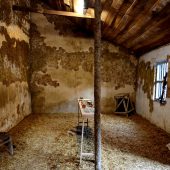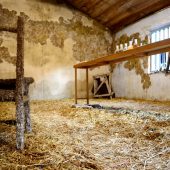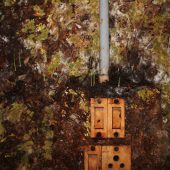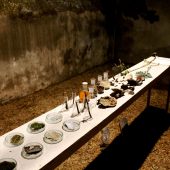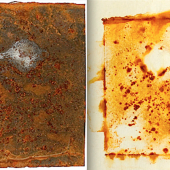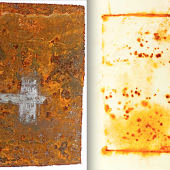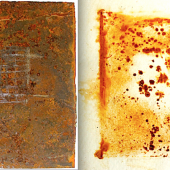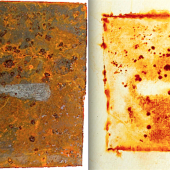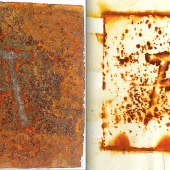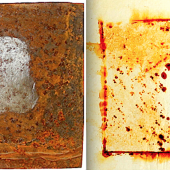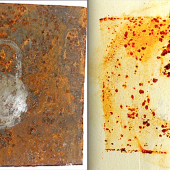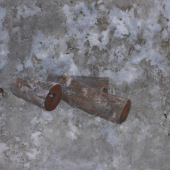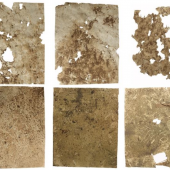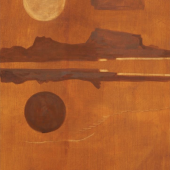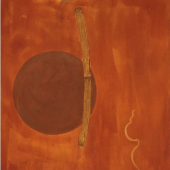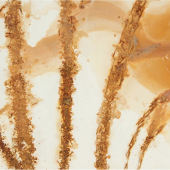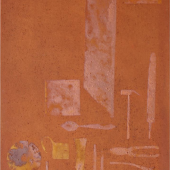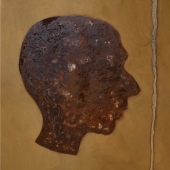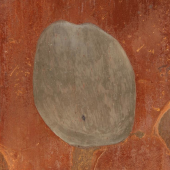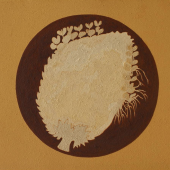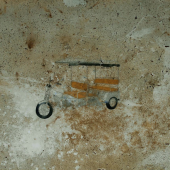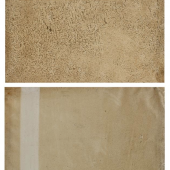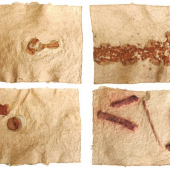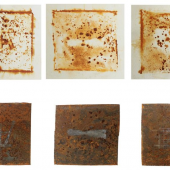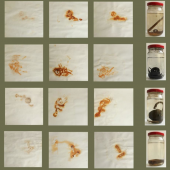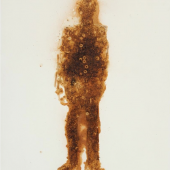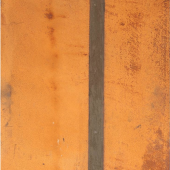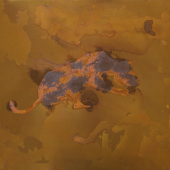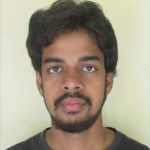
Maksud Ali Mondal
Location:
Visva-Bharati, India
School:
Kala Bhavana, Visva Bharati
Nature has always been an inspiration for me and my works. What fascinates me is how the earth, in various forms of landscapes, seasons; living and lifeless beings change continuously. How the living beings grow, die, their bodies return to the earth and new life springs forth back again.
My work aspires to reflect such changes as they often change themselves embracing the impact of nature on them. I rarely protect them from any ‘damage’ like fungal growth or fading or decay with inorganic chemicals as artists are often supposed to do. I have left my works in nature- in rain, ponds, or even buried in earth. The natural growths thus created also help me to construct the body of the final works.
My works are often process based. I experiment widely in search for the right process and materials for the need of a particular work. Materials like decomposing objects, rust, stone, wood, soil, iron, zinc, mud – anything that is prone to decay has repeatedly appeared in my work. While going outdoors to study nature, I used to collect objects abandoned in nature, preserve them in my studio, document them and study how they change gradually. I made drawings on iron sheet using stencils and let it rust naturally. The sheet, kept on canvas or paper creates an impression of the transformation on the surface. 
I have put decaying objects in wet paper pulp and the way they change while the pulp dries into paper created my composition. I have taken impressions of rusting objects continually for some time and kept them in water so that they keep changing always. The body of the work is often ephemeral and no state is the final state.
Eventually, after a long time, the decaying objects turn into dust. Then sometimes I use them as pigments to create paintings. It gives me a sense of rebirth. Like all the decaying elements in nature leave something to remain, no matter how small or little, or they transform into another chemical composition and become a part of nature once again, my collection decays and wears out, turn to dust, and become a part of a new creation.
View Maksud’s research-based project, “You Are What You Eat”
Take a look at the series ‘Untitled: (Rusting)'
Read about the project 'Nature Unconditioned'
Read ‘Where the One Ends, and the Other Begins’ Part II of Maksud’s NATURE project
My work aspires to reflect such changes as they often change themselves embracing the impact of nature on them. I rarely protect them from any ‘damage’ like fungal growth or fading or decay with inorganic chemicals as artists are often supposed to do. I have left my works in nature- in rain, ponds, or even buried in earth. The natural growths thus created also help me to construct the body of the final works.
My works are often process based. I experiment widely in search for the right process and materials for the need of a particular work. Materials like decomposing objects, rust, stone, wood, soil, iron, zinc, mud – anything that is prone to decay has repeatedly appeared in my work. While going outdoors to study nature, I used to collect objects abandoned in nature, preserve them in my studio, document them and study how they change gradually. I made drawings on iron sheet using stencils and let it rust naturally. The sheet, kept on canvas or paper creates an impression of the transformation on the surface. 
I have put decaying objects in wet paper pulp and the way they change while the pulp dries into paper created my composition. I have taken impressions of rusting objects continually for some time and kept them in water so that they keep changing always. The body of the work is often ephemeral and no state is the final state.
Eventually, after a long time, the decaying objects turn into dust. Then sometimes I use them as pigments to create paintings. It gives me a sense of rebirth. Like all the decaying elements in nature leave something to remain, no matter how small or little, or they transform into another chemical composition and become a part of nature once again, my collection decays and wears out, turn to dust, and become a part of a new creation.
View Maksud’s research-based project, “You Are What You Eat”
Take a look at the series ‘Untitled: (Rusting)'
Read about the project 'Nature Unconditioned'
Read ‘Where the One Ends, and the Other Begins’ Part II of Maksud’s NATURE project
